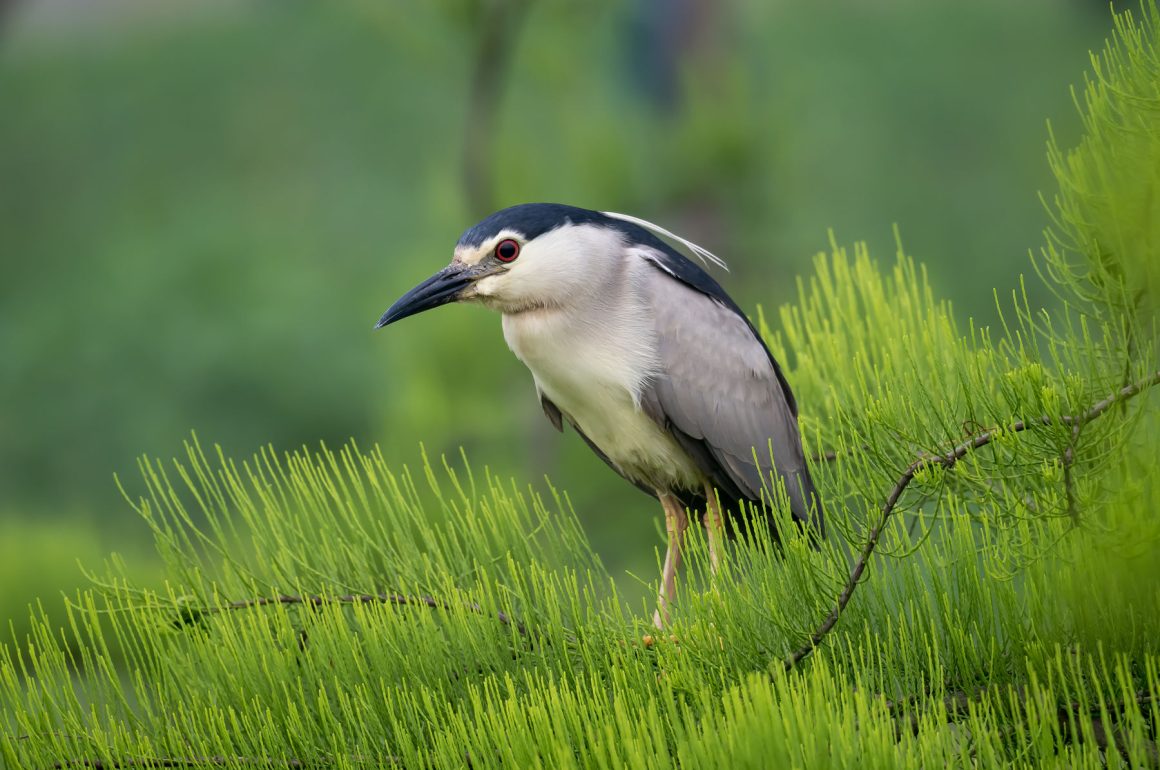
Seeing a Black-throated Laughingthrush at Nanhui was a surprise. I listed it on eBird – but my experience (and not only mine) is that the motto of eBird reviewers generally is “If I see it, it’s a vagrant – if you see it, it’s an escapee.”
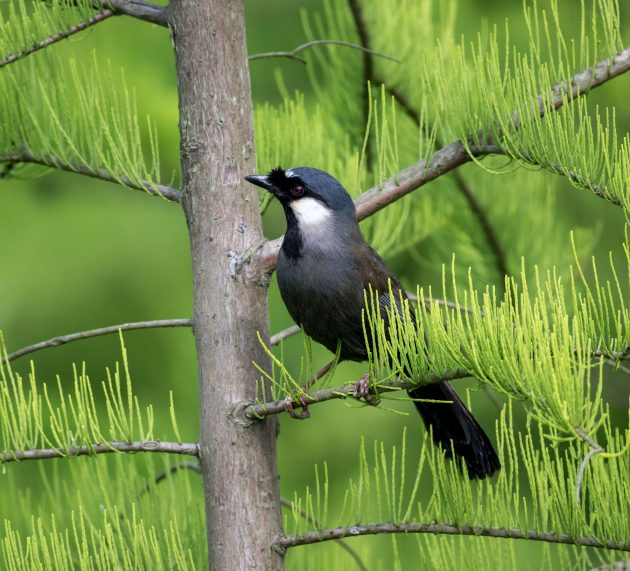
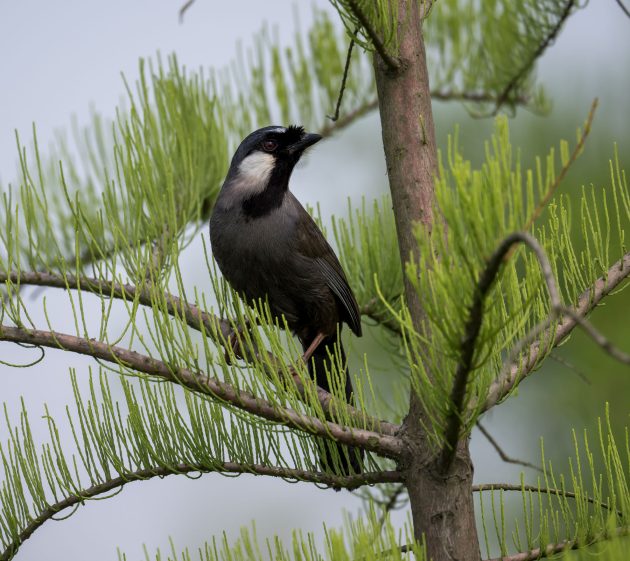
And so it turned out.
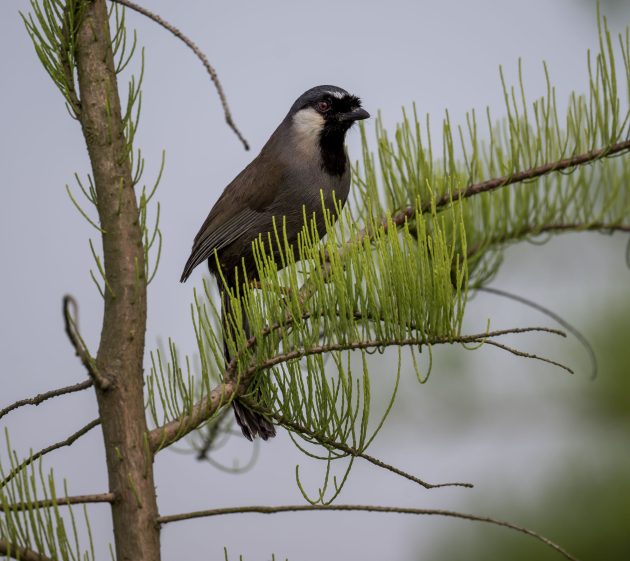
The Black-winged Cuckooshrike is breeding in several Shanghai locations – I suspect that some trees near the Nanhui hotel might be another one, given the vigorous singing of this bird.
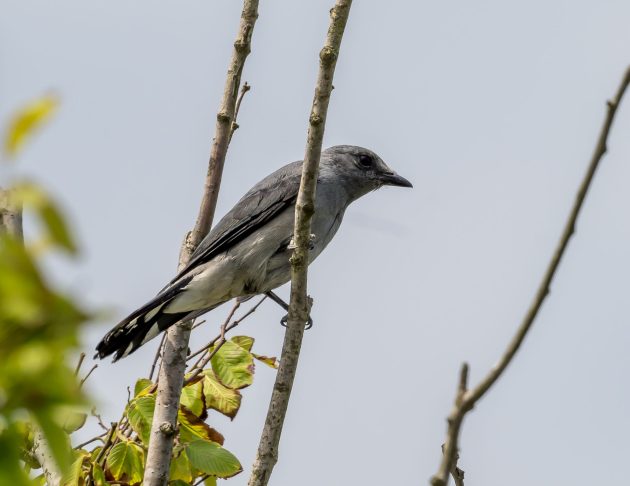
The Amur Paradise Flycatcher is another species breeding in Shanghai.
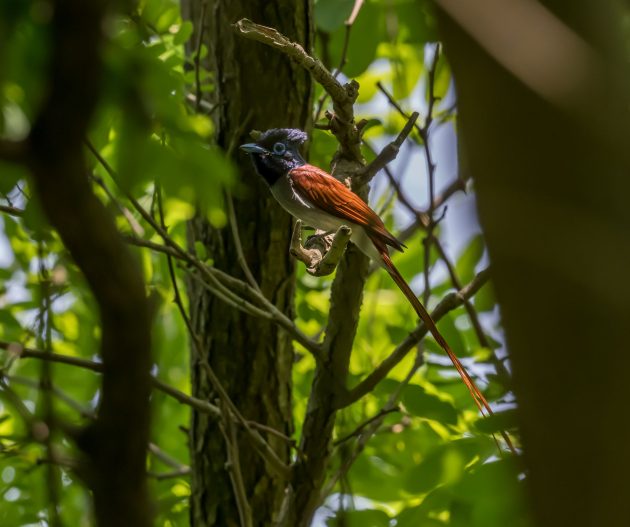
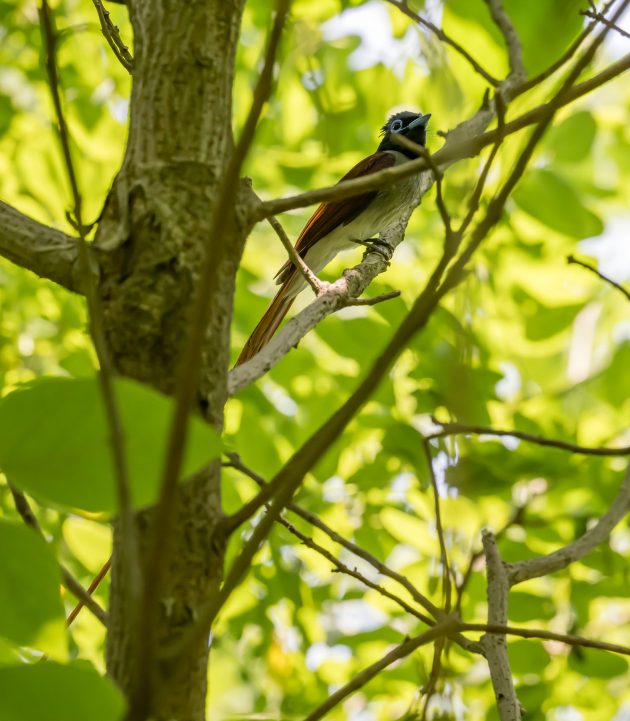
This Large-billed Crow seems to be chewing on some “unknown mystery bone” (The Burning Hell, “Amateur Rappers”) – maybe a rabbit?
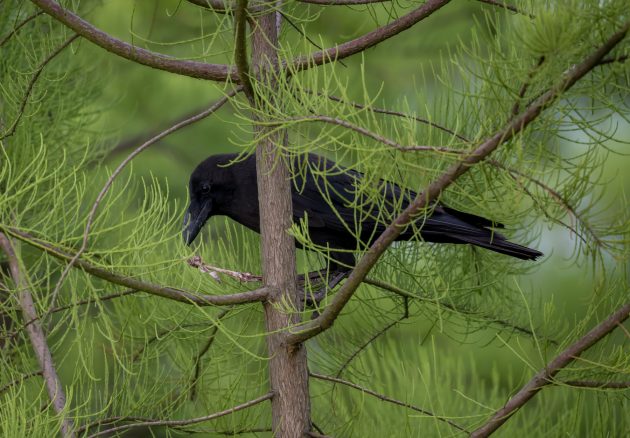
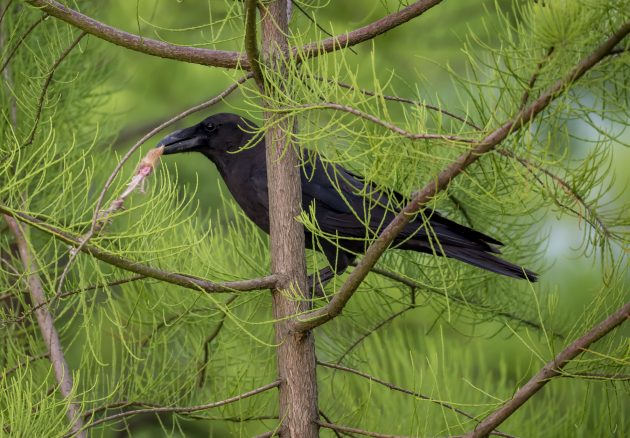
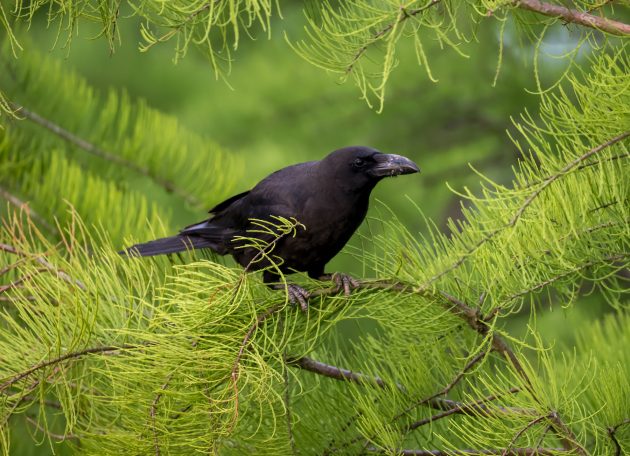
Some herons: a beautiful adult Black-crowned Night Heron …
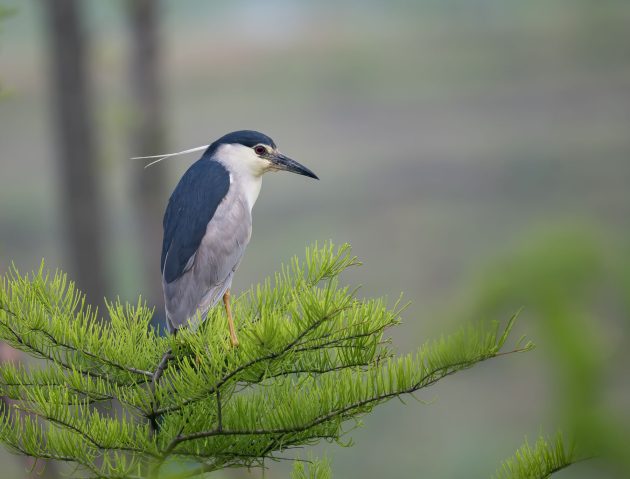
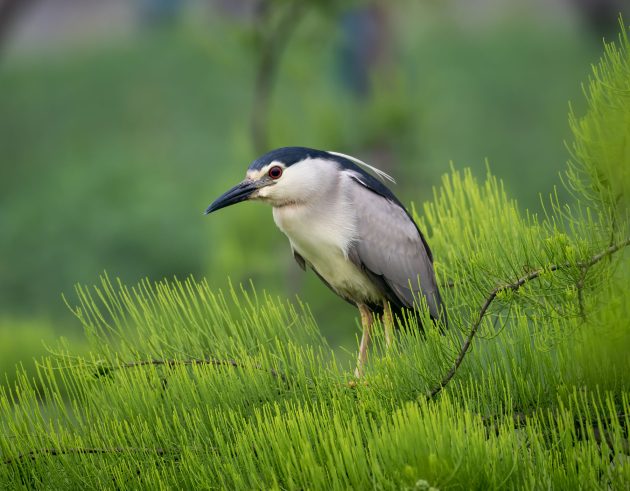
… and a rather less attractive kindergarten of the same species.
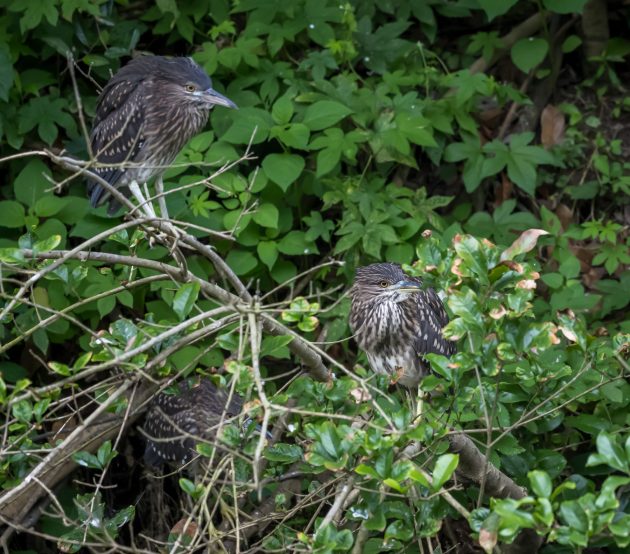
A Chinese Pond Heron …
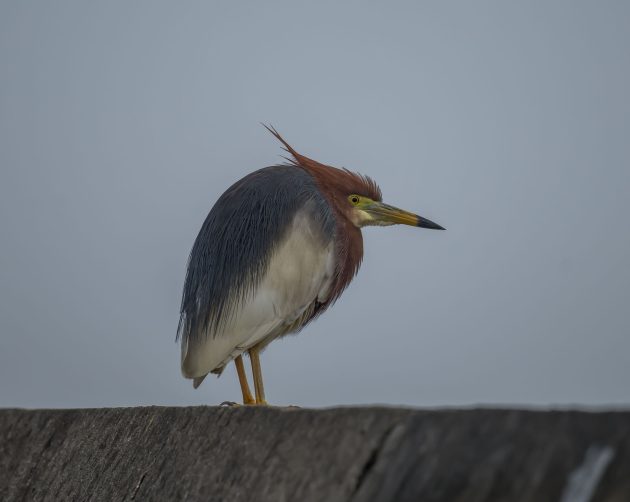
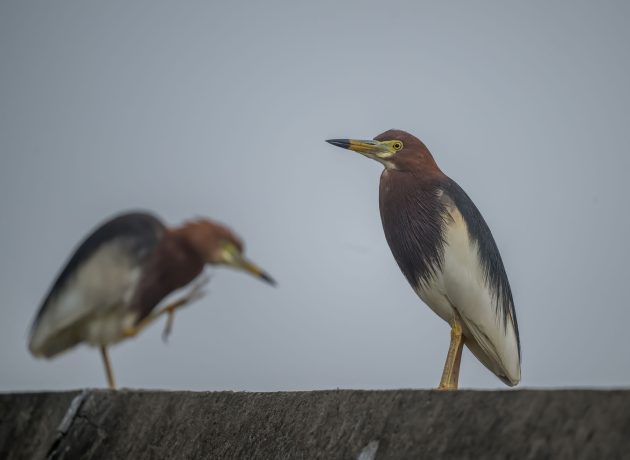
… and the same species pretending to be a giraffe.
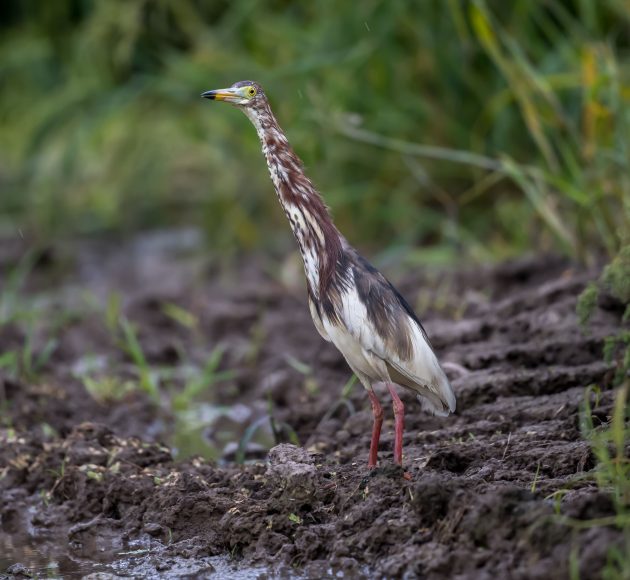
A Purple Heron on Chongming Island
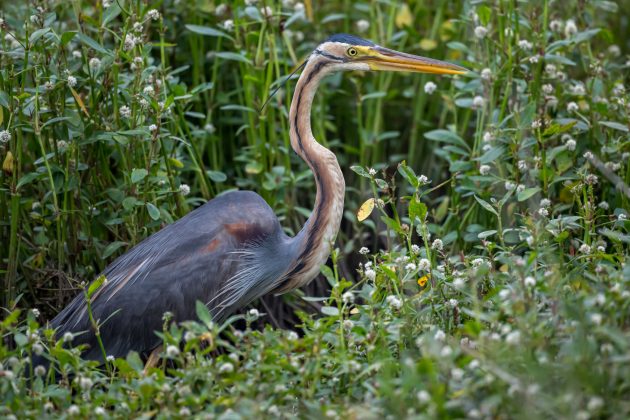
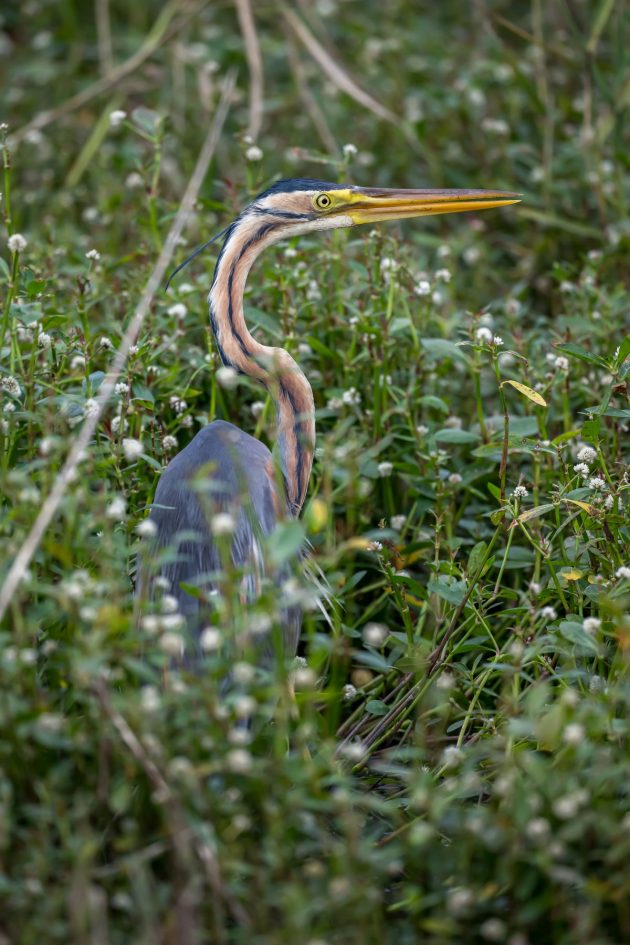
Cattle Egrets, also on Chongming Island
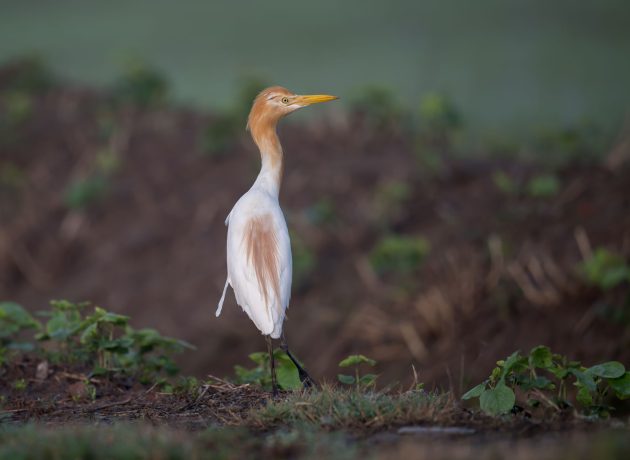
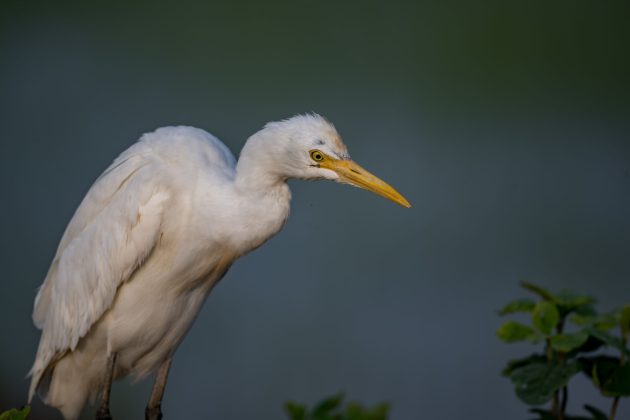
Black-winged Stilts …
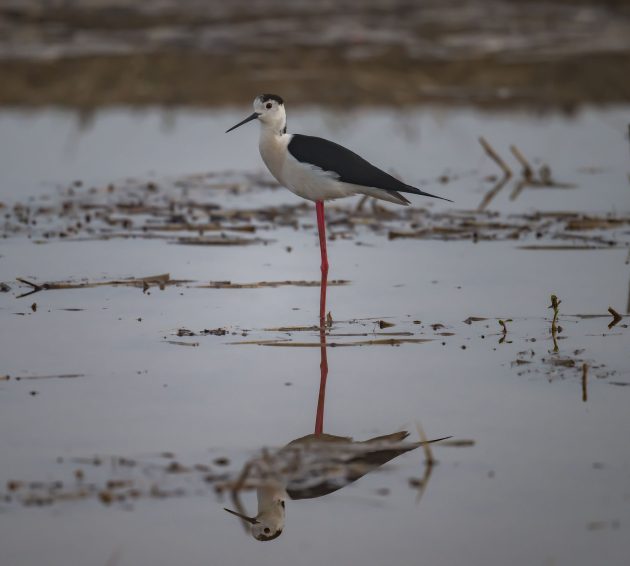
… and Grey-headed Lapwings are their neighbors in the flooded rice paddies of the island.
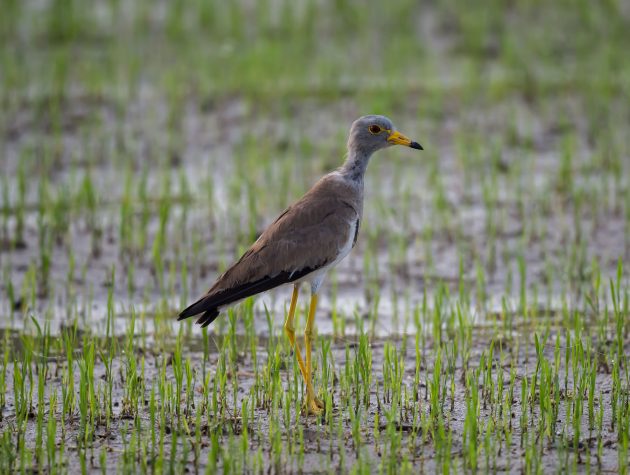
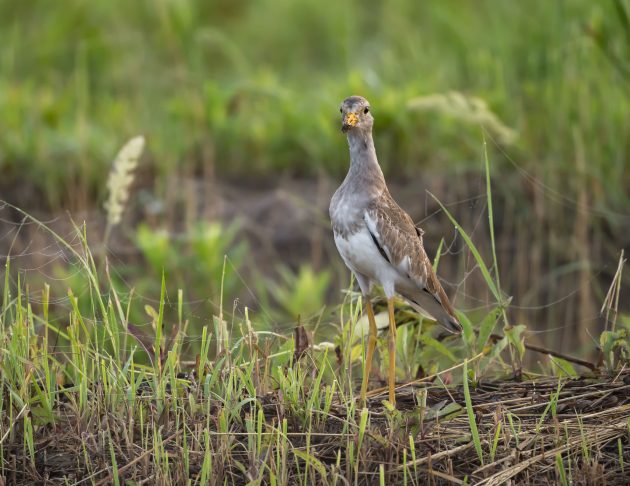
The Silver-throated Bushtit is a species in which the juvenile birds seem to be more colorful than the adults, in a reversal of the typical situation.
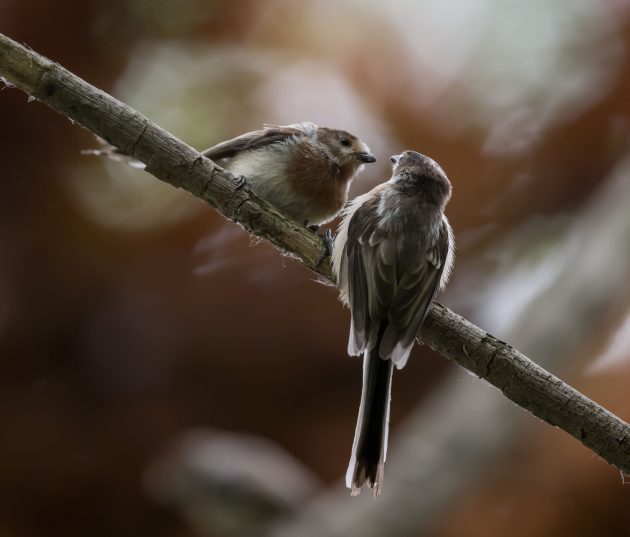
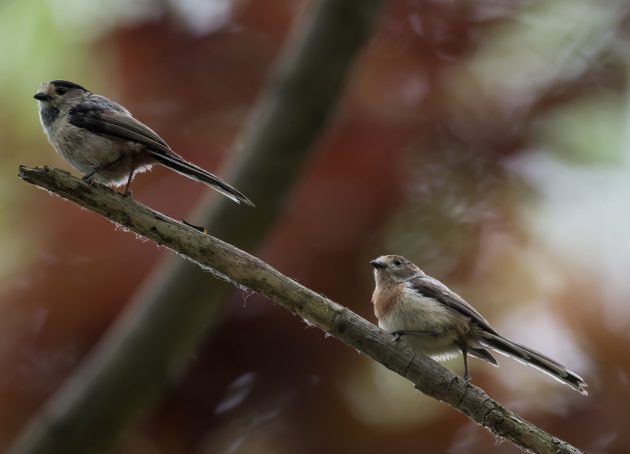
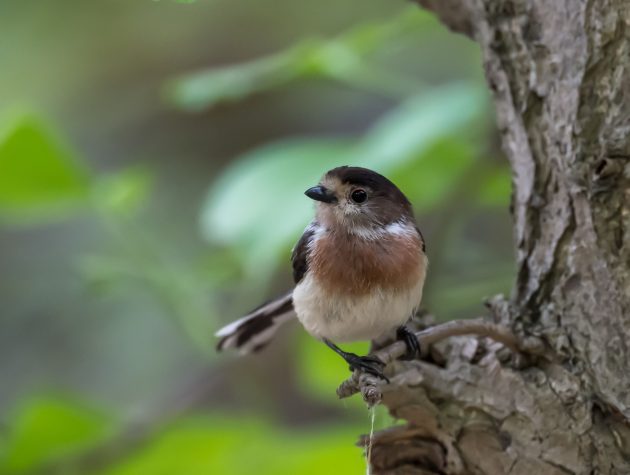
Not so for the Little Grebe.
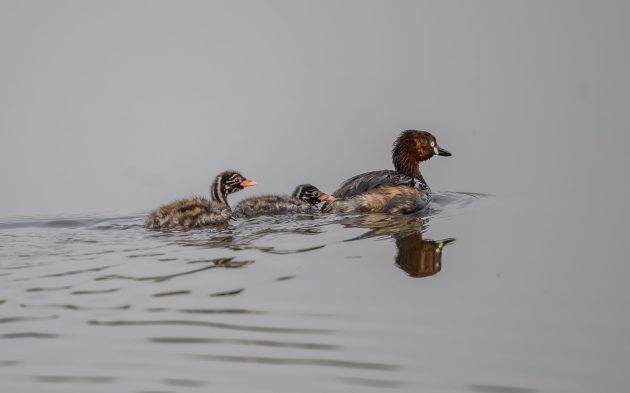
A Light-vented Bulbul collecting nest building material – or is it for nest renovation already?
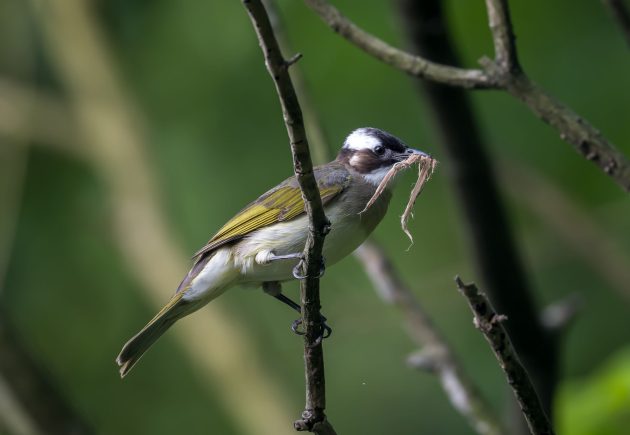
While the HBW distribution map of the Chinese Hwamei indicates that its distribution stops a bit short of Shanghai, it is actually extremely common in the Binjiang Forest Park.
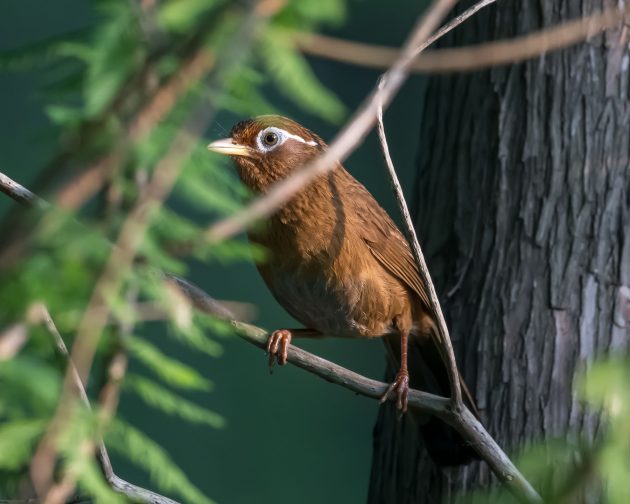
The species name canorus (melodious) indicates why it is a popular cage bird – in fact, several of my neighbors in my compound seem to keep the poor birds in rather small cages.
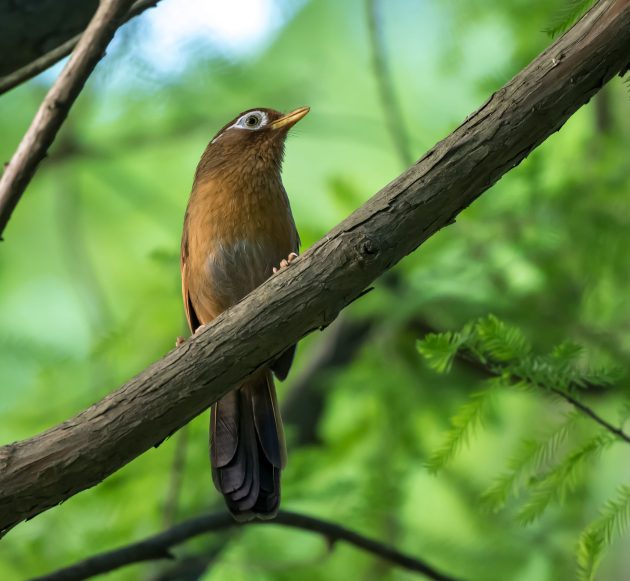
That is even though the species was designated as a second-level national key protected species in 2021, meaning that keeping it at home is no longer permitted in China (source).
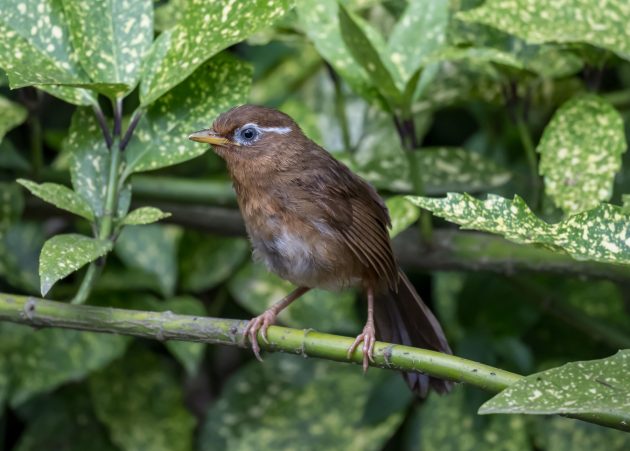
The same study found that people still keeping the bird argue with benefits for the community members’ health, cultural heritage, and contributions to local livelihoods – the same arguments that could also be brought forward to justify the practice of footbinding.
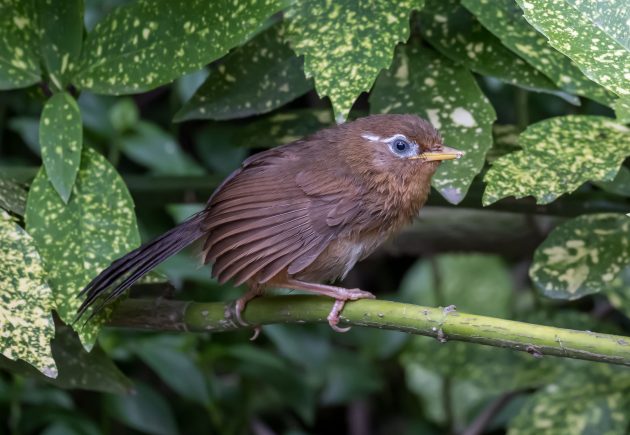
Yellow-rumped Flycatchers are breeding in the same park.
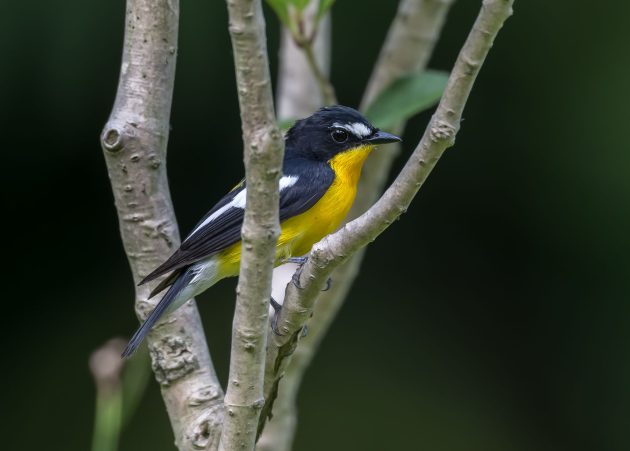
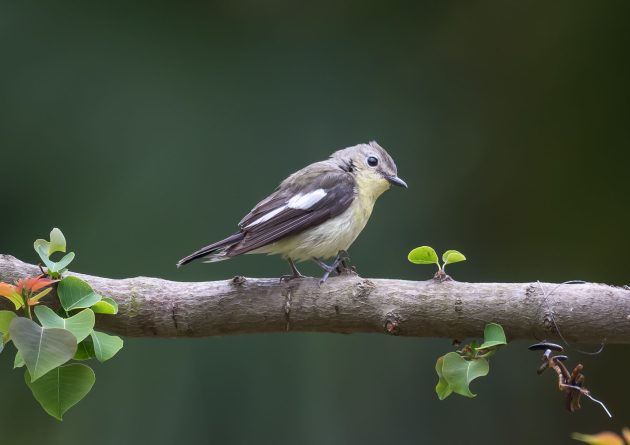
Also breeding here: Japanese Thrush.
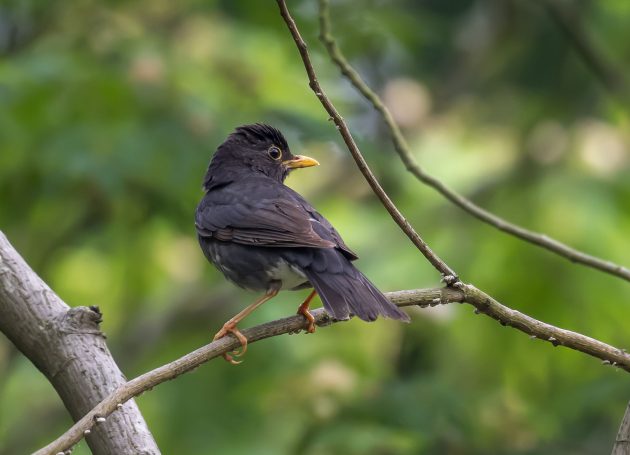
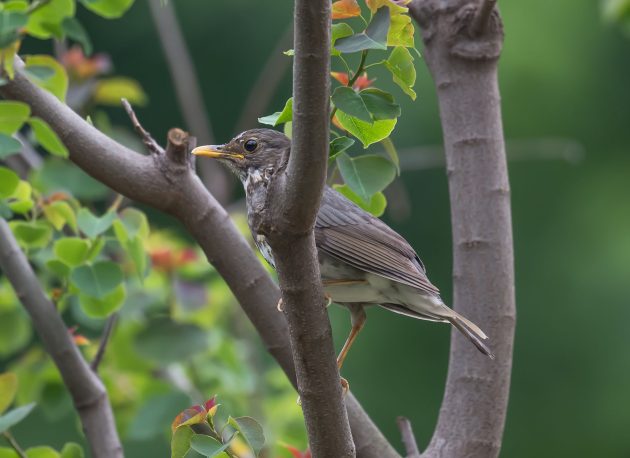
A pair of Chestnut-winged Cuckoos are studiously avoiding doing the same in the park, looking instead for some foster parents, which (according to the HBW) may include laughingthrushes (maybe the Hwamei?) as well as some other species found in the park, namely Long-tailed Shrike, Oriental Magpie, and Oriental Magpie Robin.
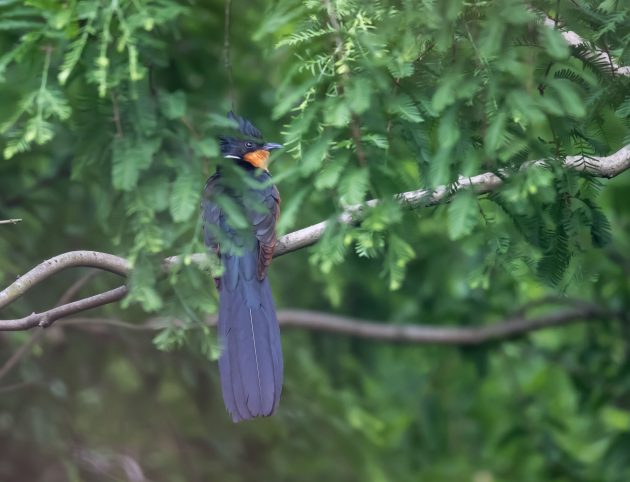
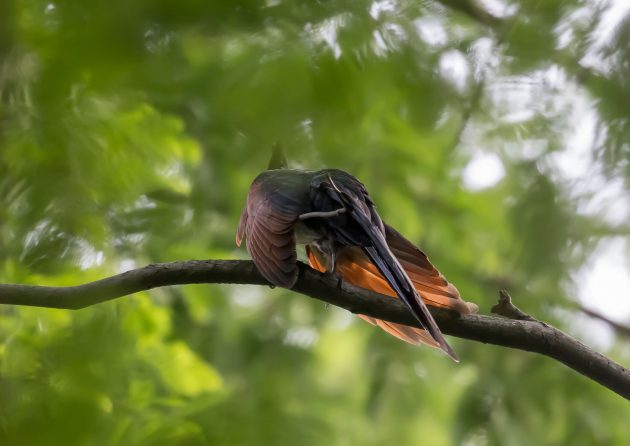
Maybe this also includes the Azure-winged Magpie, another common species in the park.
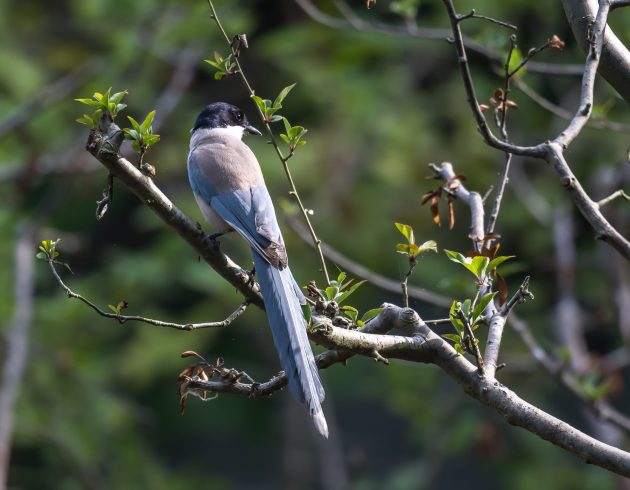
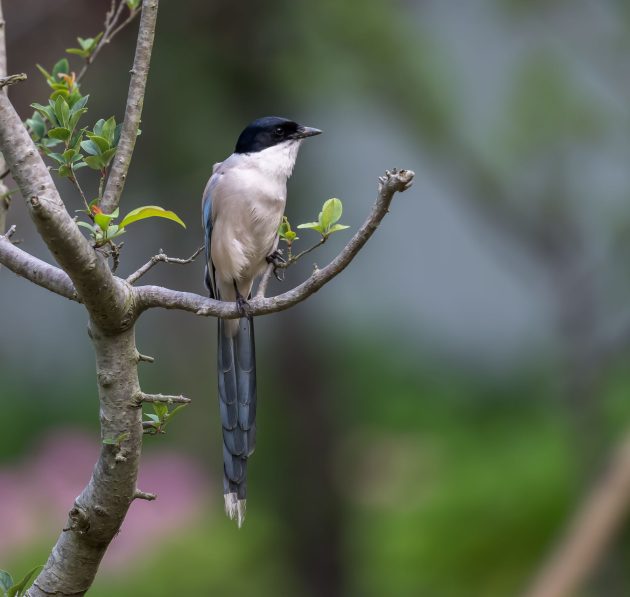
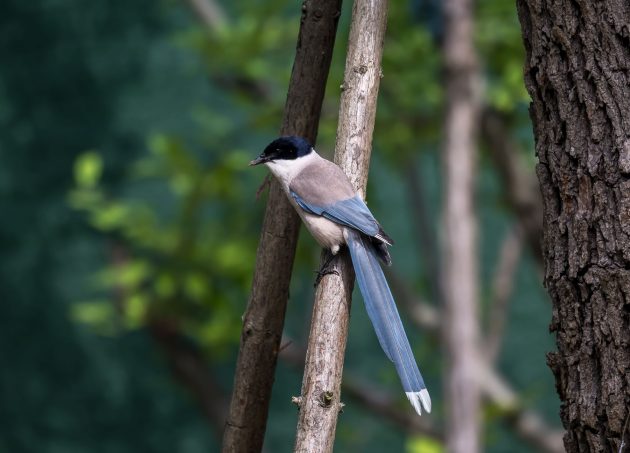
How come the Grey-streaked Flycatcher (shown) and the Asian Brown Flycatcher have exactly the same color but different color-based names? I have long suspected that colorblindness is widespread among ornithologists.
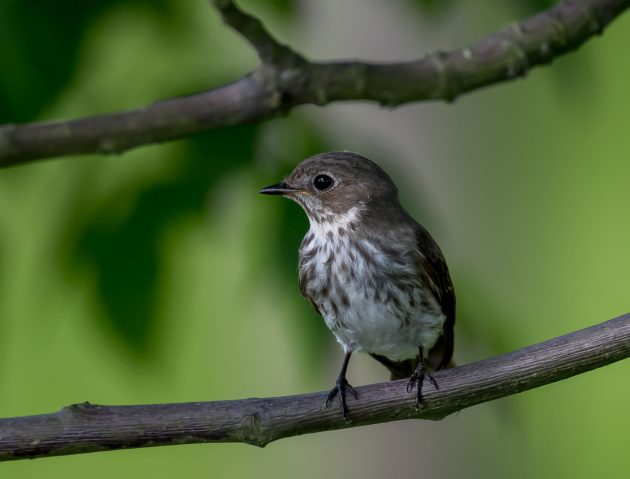
And can you guess the name of this bittern? A hint: the name starts with a color.
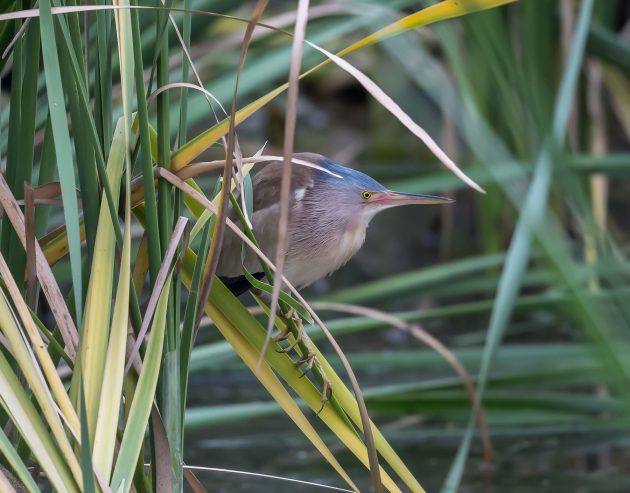
Yes, you are right: Yellow Bittern.
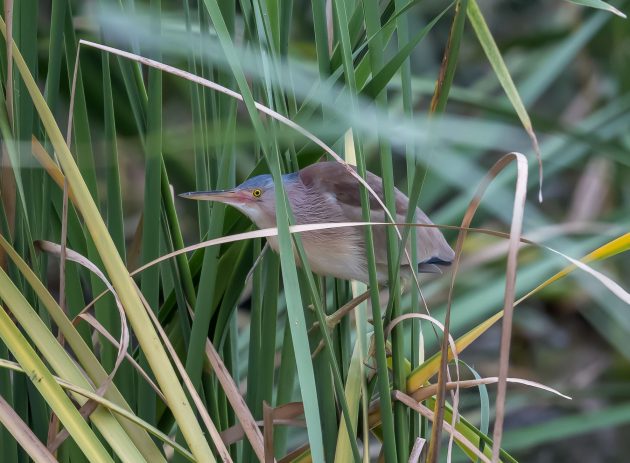
No, this Crested Myna is not breeding in a cannon but in a half-turned lamppost.
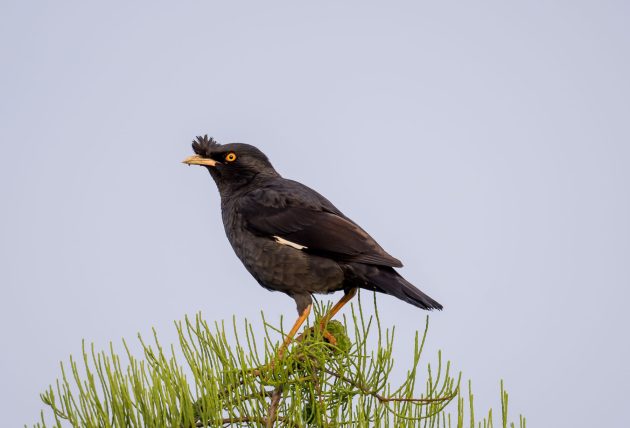
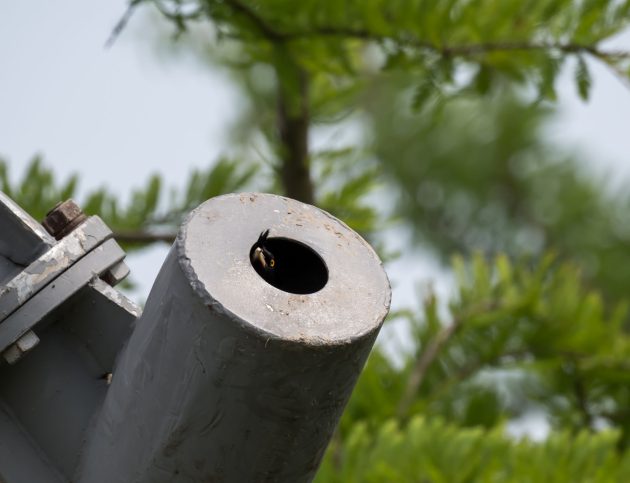
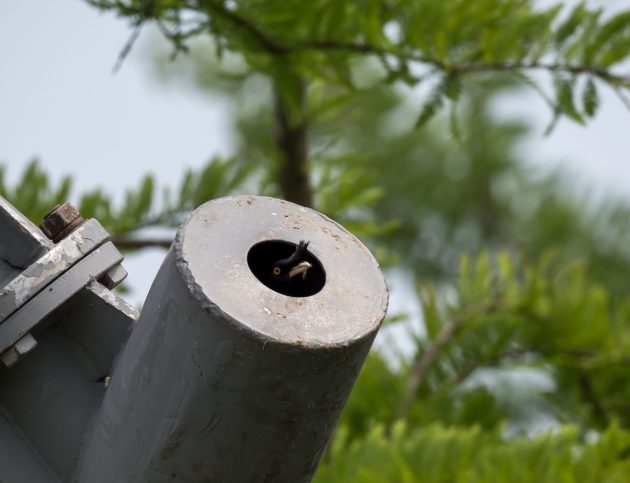
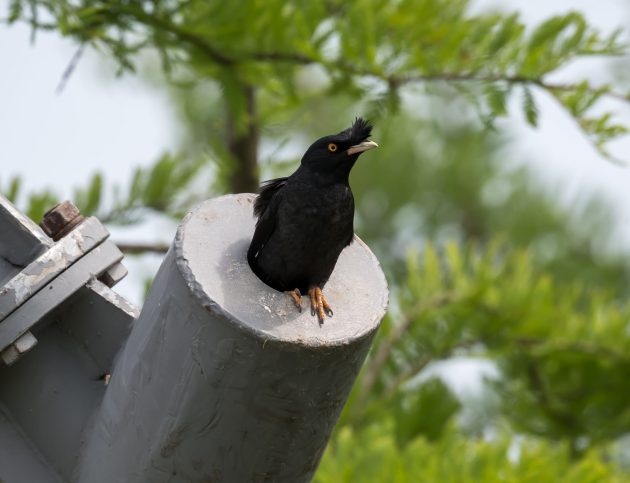
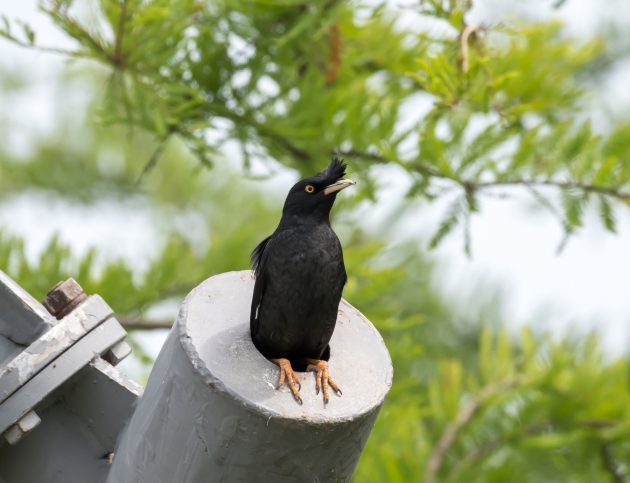
This female Ring-necked Pheasant thought I had not seen it. So it stayed.
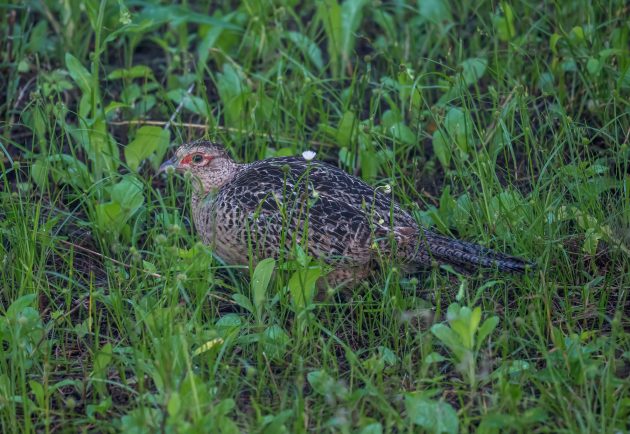
A US birder asked me whether I get tired of Eurasian Hoopoe – not yet, I am glad to say.
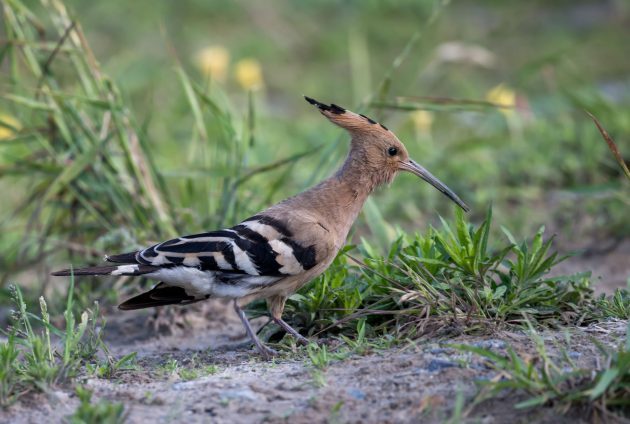
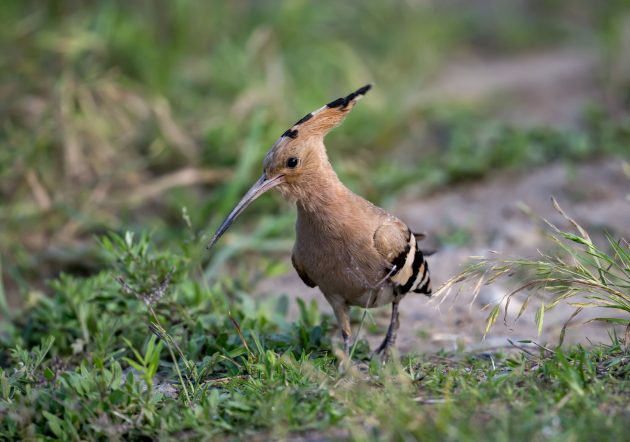
Finally, drongos: Black Drongo …
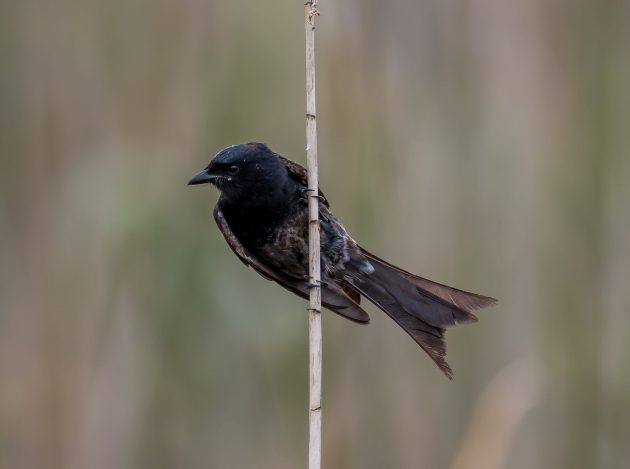
.. and Hair-crested Drongo.
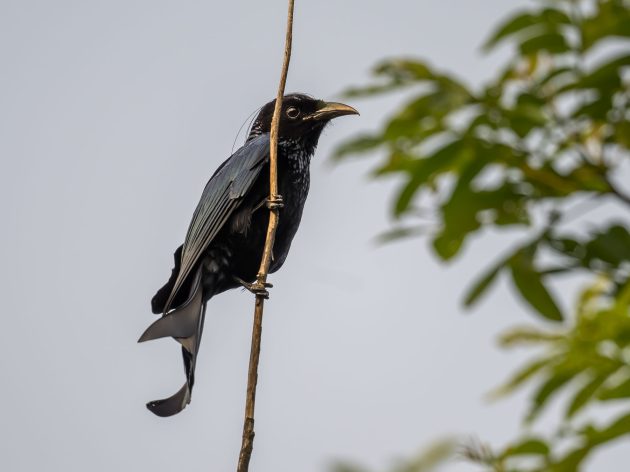













Beautiful pictures as usual. Whoever gets tired of hoopoes does not deserve happiness!
I would be happy to see enough hoopoes to get tired of that privilege.